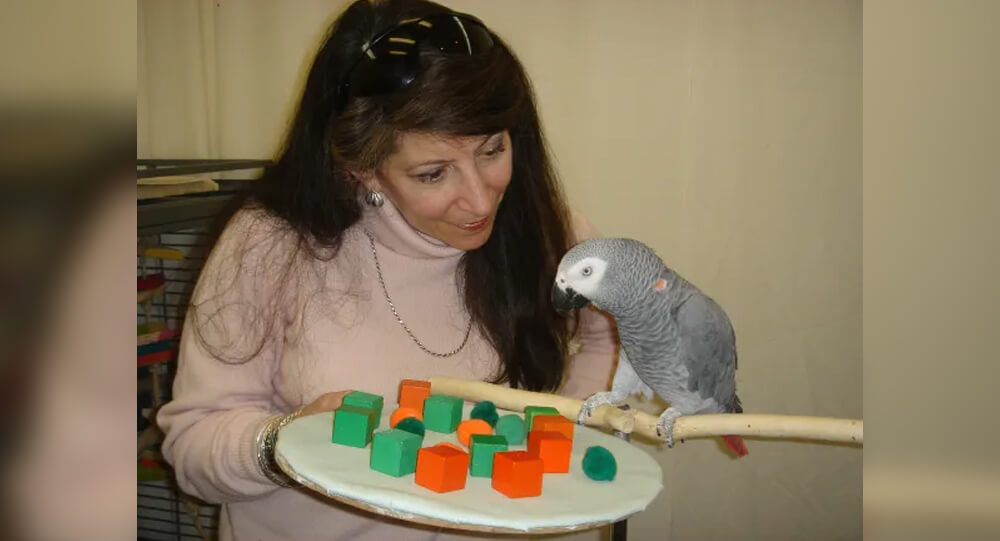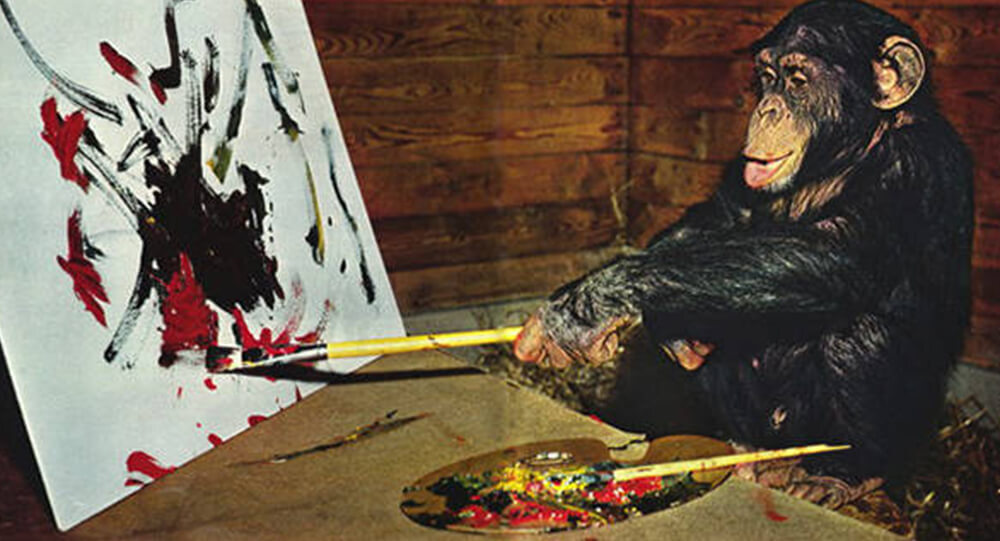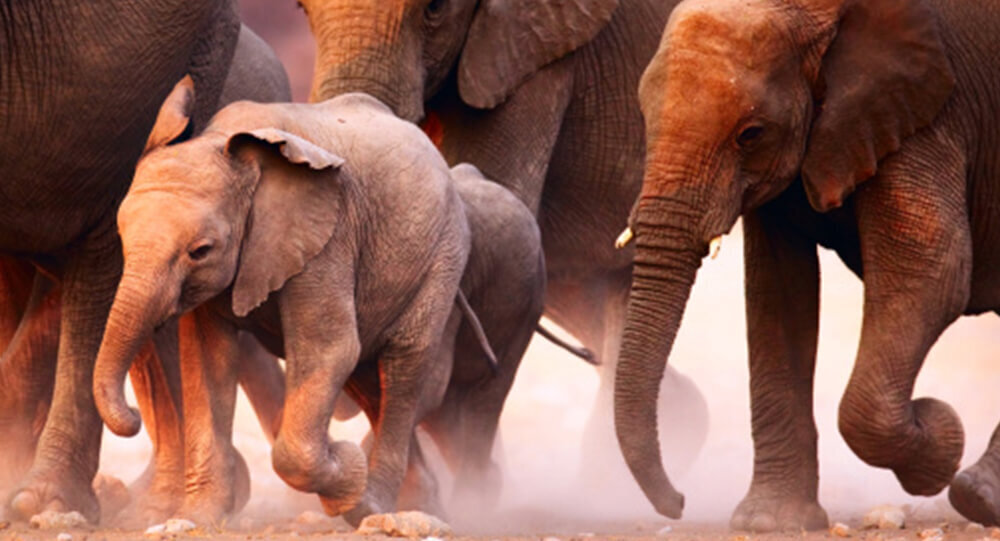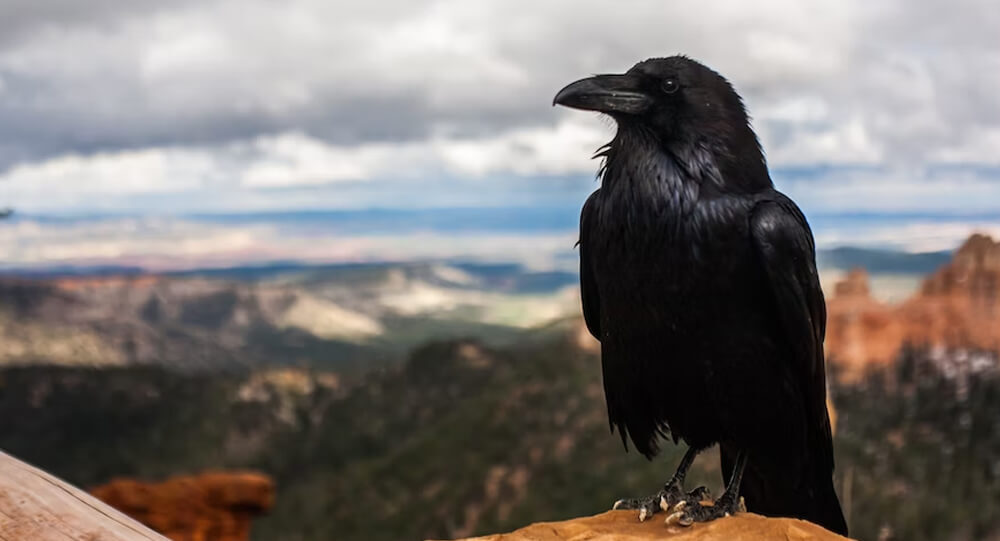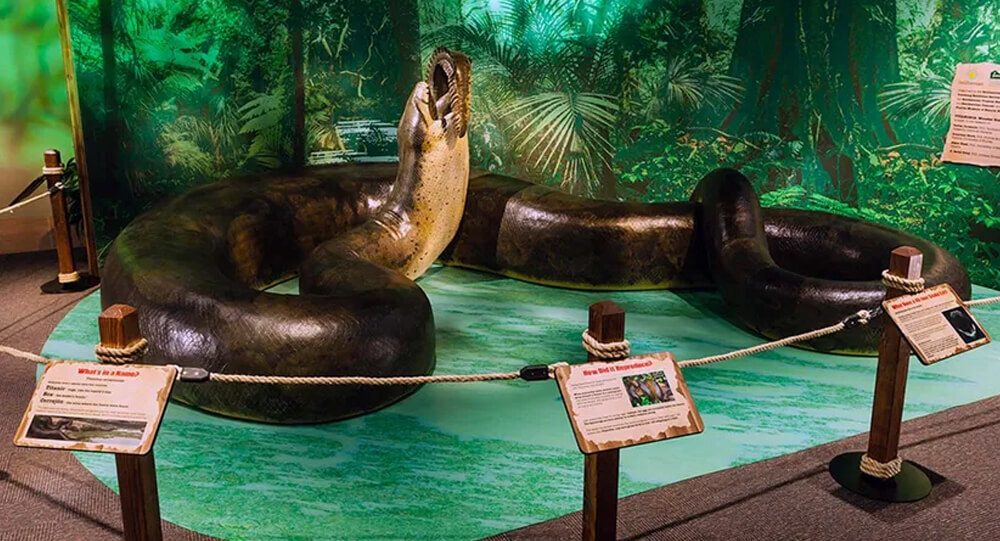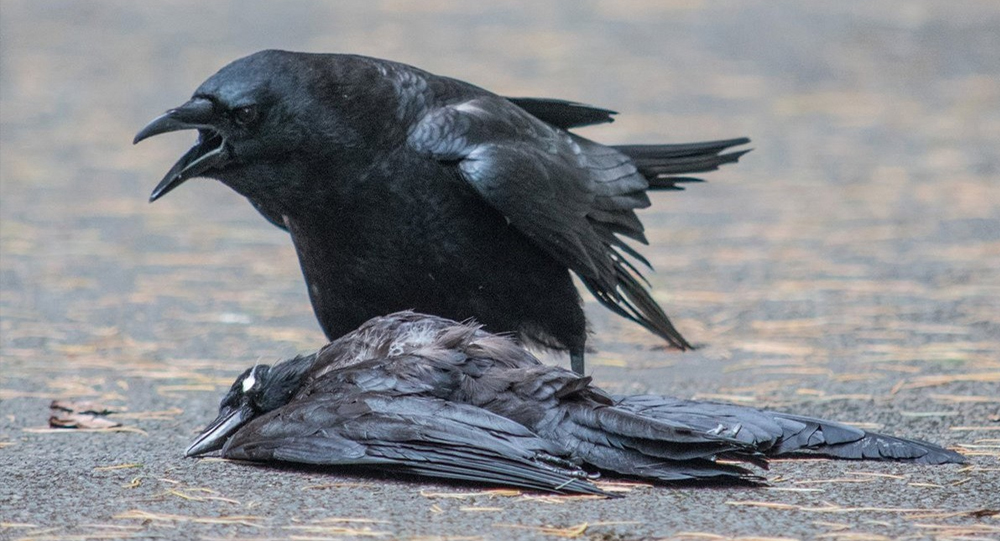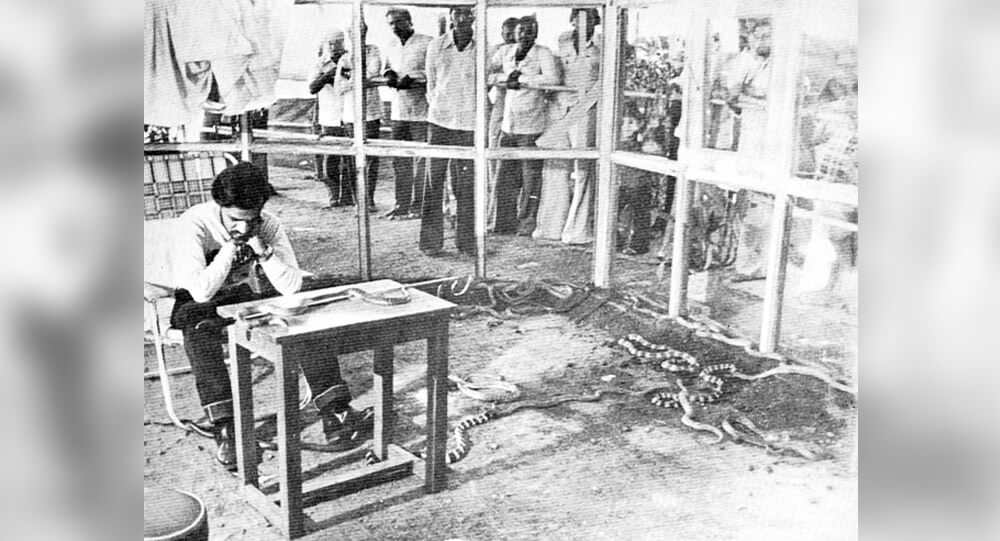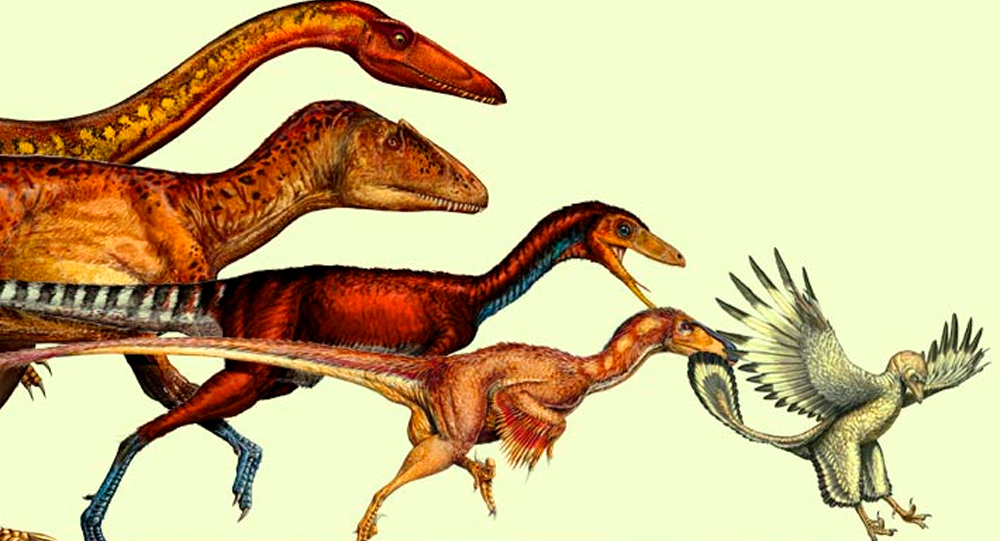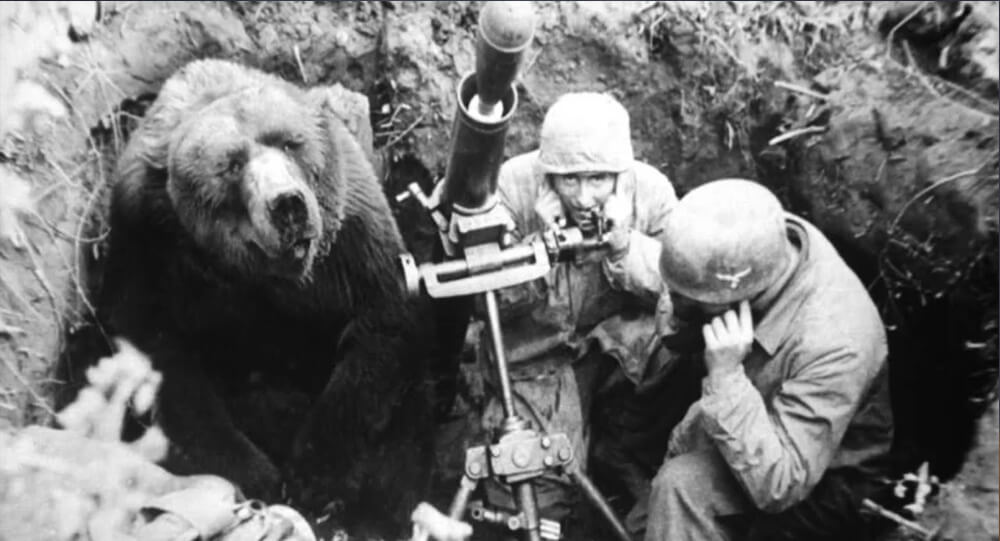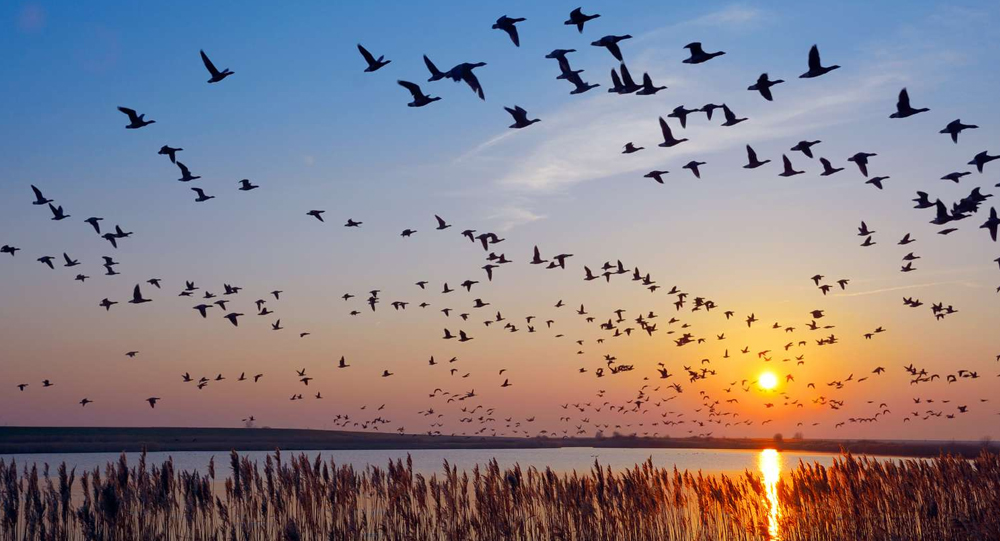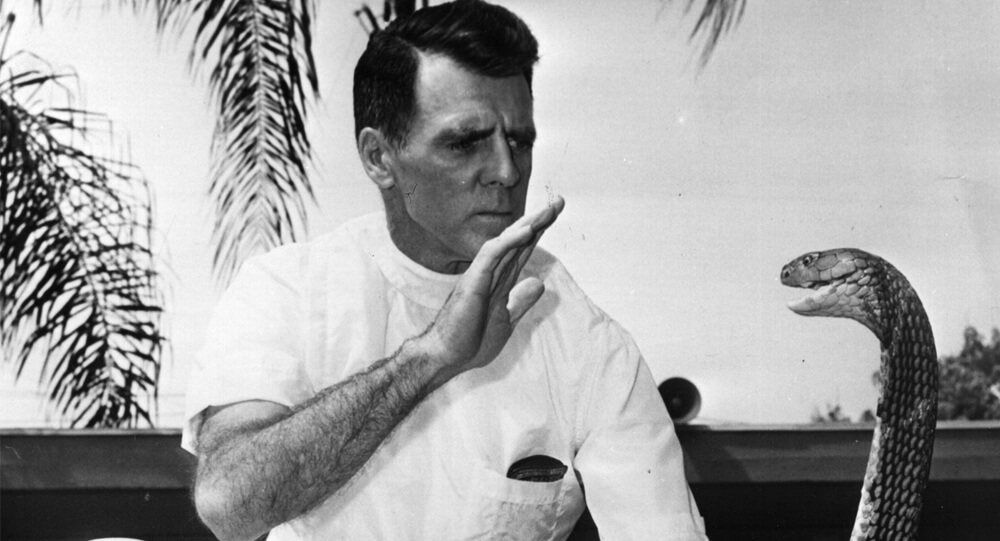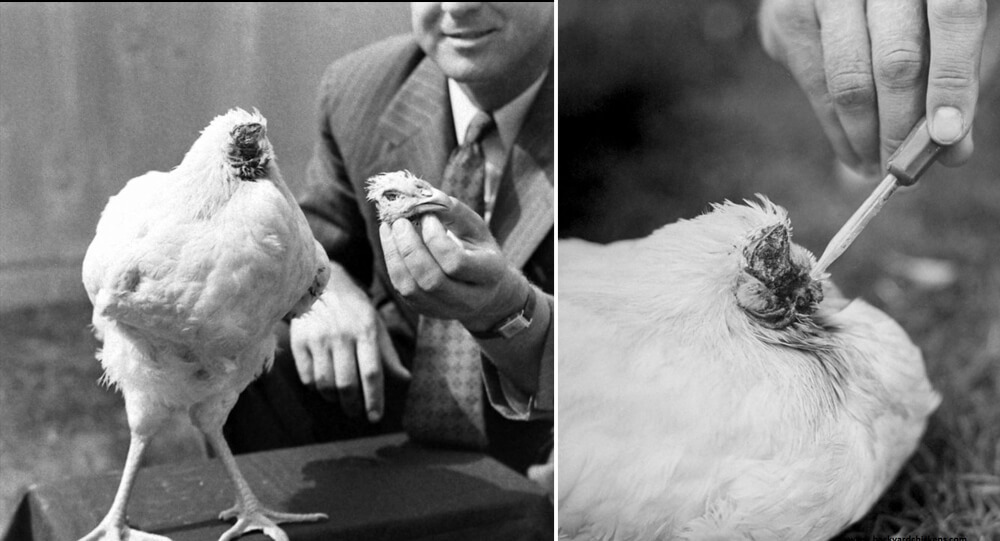
The story of “The chicken that lived for 18 months without a head” is an incredibly strange and extraordinary phenomenon that attracted attention from all over the world. In 1945, a farmer named Lloyd Olsen beheaded a chicken named Mike for dinner in the small Colorado town of Fruita, but to everyone’s surprise, the animal lived. This strange incident not only defied all logic and expectations, but it also provided fascinating new information about the adaptability and resiliency of living things. In this article, we delve into the fascinating tale of Mike the Headless Chicken and examine the underlying theories, moral dilemmas, and lasting effects of this amazing achievement.
The Miracle of Mike the Headless Chicken
A farmer named Lloyd Olsen was cooking dinner for his family one fateful day in 1945 when he made a seemingly fatal error. He anticipated it to be a routine slaughter as he chopped off the head of a young rooster named Mike. To his surprise, however, Mike continued to cluck as if nothing had happened and refused to pass out. Olsen, who had probably thought he had aged 10 years in a split second, realized something extraordinary was happening.
To everyone’s surprise, Mike kept on living—he even flourished—without a head. Olsen, seeing an opportunity, started exhibiting the headless fowl, charging people a small fee to witness this peculiar spectacle. Amazingly, he survived for an astounding 18 months, earning quite the reputation as “Miracle Mike.” Mike’s fame spread like wildfire, captivating the curious minds of people from far and wide.
The Anatomy and Physiology of Decapitation in Chickens
Let’s examine this headless chicken phenomenon in more detail now. Like most living things, chickens depend on their brains for basic physiological processes. The brain controls every aspect of the chicken’s life, from digestion to movement, ensuring its survival. How on earth did Mike survive without this essential component, then?
The brainstem, a small but powerful component of the chicken’s anatomy, holds the key. The remarkable area at the brain’s base regulates essential processes like breathing, heart rate, and simple movements. The decapitation miraculously left a portion of Mike’s brainstem intact, allowing him to live on, albeit in direct confrontation with the outside world.
How Did Mike Survive Without a Head?
What is the secret behind Mike’s biological magic trick? Researchers think that blood clots near the severed neck after the beheading stopped the victim from bleeding out. Mike was still able to maintain his basic motor skills and to continue clucking thanks to this clotting and his intact brainstem.
Additionally, the autonomic nervous system, which controls the body’s unconscious processes, was crucial to Mike’s survival. Essential bodily functions like respiration and digestion continued even without commands from the absent brain thanks to this complex network of nerves.
The tale of Mike the Headless Chicken ultimately serves as a testament to life’s peculiar and mysterious wonders. His extraordinary story may leave us puzzled and wondering about the limits of existence, but it also serves as a reminder to be grateful for life’s peculiarities and mysteries. After all, who would have imagined that a headless chicken could win over people’s hearts and minds for countless generations?
The Curious Case of Regeneration and Nerve Reflexes in Chickens
The remarkable capacity of chickens to regenerate some body parts is well known. Chickens have the remarkable ability to regrow feathers, skin, and even some of their comb, while the majority of animals can only dream of doing so. Scientists have been fascinated by this regenerative ability for years, but nothing could have prepared them for the incredible case of Mike the Headless Chicken.
Reflexes in the nervous system are essential for organism survival. They are in charge of setting off automatic reactions to different stimuli, enabling animals to respond quickly and defend themselves from harm. In the case of Mike, it was determined that he was able to endure without a head for 18 months thanks to a particular nerve reflex known as the “escape response.” Even without a brain, Mike’s spinal cord and lower brainstem were enough to activate this reflex, enabling him to peck for food and maintain basic functions.
The death of famous chicken
With all this fame and fortune, it was almost inevitable that something tragic would occur in a run-down motel room, crushing all hopes. Mike and farmer Olsen were in Phoenix for the national tour, where they were relaxing in their motel room and eating on some corn chips. Then, though, he started to choke. In the words of Lloyd and Mitchinson, “Lloyd Olsen, to his horror, realized he’d left the eyedropper at the previous day’s show. Unable to clear his airways, Mike choked to death.”

Are Octopus Intelligent? A Look Inside an Octopus's Brain
Octopuses are extremely intelligent. It is the only invertebrate capable of emotion, empathy, cognitive function, self-awareness, personality, and even interpersonal relationships. Some believe that if humans did not exist, octopi would eventually take our place as the dominant life form on Earth.

Remembering Alex: The African Grey Parrots Final Message
"You be good, I love you. See you tomorrow" Parrot's last words to her caretaker. Alex (1976 – September 6, 2007) was an African Grey Parrot and the subject of a thirty-year (1977–2007) experiment by animal psychologist Irene Pepperberg, initially at the University of Arizona and later at Harvard University and Brandeis University. Pepperberg bought Alex in a regular pet shop when he was about one year old.

A one-eyed Vancouver fish receives a fake eye so that other fish will not bully him
A fish whose eye was removed due to cataract was bullied by other fish at the Vancouver Aquarium. So the vets fitted the fish with a prosthetic eye to fool the other fishes.

Pierre Brassau: The chimpanzee painter who deceived the avant-garde world
Abstract paintings by a previously unknown artist “Pierre Brassau” were exhibited at a gallery in Sweden, earning praise for his “powerful brushstrokes” and the “delicacy of a ballet dancer”. None knew that Pierre Brassau was actually a 4 year old chimp from the local zoo.

Earthquakes: Can Animals Really Predict Them?
In 1975, when officials in the Chinese city of Haicheng were alarmed by odd and anxious behaviors of dogs and other animals. These observations led them to order 90,000 residents to evacuate the city. Only a few hours later a 7.3 magnitude earthquake destroyed nearly 90% of the city’s buildings.

Deer Walks Into Store To Check Their Goods, Comes Back Later With Her Kids
In 2017, a deer entered a Colorado store. An employee fed the deer a peanut bar in an attempt to get it to leave. The deer did leave, but later that day it returned with its entire family.

Bear, Tiger, And Lion Became Friends For Life
In 2001, a Bear, Tiger, And Lion cub where found abandoned in a drug dealer's basement. They were soon adopted by a sanctuary and lived together ever since.

Andy Goose - The Goose With No Feet but wears Nike shoes
Andy was a goose who was born without feet. However, his owner came up with a solution to help him stand and move around by outfitting him with Nike sneakers. This gave Andy the ability to move around like any other goose, but it also made him a source of inspiration for disabled children. Sadly, he was mysteriously murdered in 1991.

9 Reasons Crows Are Smarter Than You Think
Crows have the intelligence of a 7-year-old human, making them one of the smartest non-primate animals on the planet. They use tools, have a long-term memory that includes facial recognition, and comprehend analogy.

13-year-old dog missing for two months found alive in a cave.
On Aug 6, 2022, A group of Missouri cave explorers accidentally found and helped rescue a senior dog that had been missing for two months. It is unclear how long the dog was in the cave or how it managed to survive.

How European Rabbits Took over Australia
In 1859, wealthy settler Thomas Austin released 13 wild rabbits on his Australian estate. By 1920, their population grew to 10 billion.

Titanoboa cerrejonensis, fossils of the world’s largest species of snake
In 2009 in a coal mine of Columbia, scientists discovered fossils of the world’s largest species of snake. The species is called “Titanoboa cerrejonensis,“and it is from around 60 million years ago. It would have had measured about 48 feet long and weighed about 2,500 pounds

How Switzerland ended rabies epidemic by air-dropped vaccinated chicken heads
A rabies epidemic struck foxes in Switzerland in the 1960s. The government wanted to vaccinate foxes against rabies, but manual vaccination was difficult and expensive. Instead, they began dropping vaccinated chicken heads across the countryside for the foxes to consume, and the rabies vanished.

Why Crows Hold Funerals for Their Dead
Crows are far more than noisy backyard birds; they engage in peculiar, ritualistic behaviors when one of their own dies. Known as “crow funerals,” these gatherings involve groups of crows circling, calling, and sometimes even interacting physically with the deceased in ways that stump scientists and captivate bird watchers. What drives this strange behavior? New research reveals it’s a complex mix of learning, social bonding, and survival instinct wrapped in an enigmatic ritual.

The story of a man who spent 72 hours with 72 venomous snakes to prove they only bite when provoked
In the 1980s, an Indian man spent 72 hours in a glass cabin with 72 snakes, some of which were extremely venomous. His aim was to prove that snakes only attack when provoked. Remarkably, he was not bitten once in those 72 hours and even set a Guinness World Record in the process.

Why the Brooklyn Bridge Was Once Crossed by 17 Camels and 21 Elephants
On May 30, 1883, a rumor that the Brooklyn Bridge was going to collapse caused a stampede, which killed at least at twleve people. To prove the bridge was safe, P.T. Barnum led a parade of 21 elephants over it.

The Incredible Story of Sergeant Stubby, the Dog Who Became a War Hero
Sergeant Stubby was not just an ordinary dog—he was an extraordinary war hero who served alongside American troops during World War I. From catching a German soldier by his pants to alerting soldiers of mustard gas attacks and locating wounded comrades, Stubby’s bravery saved countless lives in the trenches. This article chronicles the inspiring journey of the stray dog who became the most decorated animal of the Great War and remains a beloved symbol of courage and loyalty.

The Evolution of Flight: From Dinosaurs to Birds – A Journey Through Time and Science
Flight is one of nature’s most remarkable adaptations, but its origins trace back millions of years before modern birds took to the skies. Emerging from theropod dinosaurs during the Jurassic period, birds evolved feathers, wings, and lightweight bodies that enabled powered flight. This detailed narrative explores the fascinating evolutionary path from ground-dwelling dinosaurs to the aerial masters of today, blending science, intriguing fossil finds, and surprising trivia about our feathered ancestors.

The 440-pound bear named Wojtek and his World War II battle against the Nazis
Polish troops raised an orphaned bear cub during WWII. He enjoyed drinking beer, and was trained to salute. He became officially enlisted as a member of the forces, and helped carry artillery during battle.

How Migratory Birds Navigate Thousands of Miles Without Getting Lost
Migratory birds undertake epic journeys spanning thousands of miles with astonishing precision, never losing their way. Their secret lies in a remarkable blend of innate senses, learned experience, and sophisticated navigation tools—ranging from the Earth's magnetic field to celestial clues and mental maps. Explore how these feathered travelers accomplish one of nature's most astounding feats through science, intuition, and adaptation.

Blind dog guides by goose, Story of Boxer and Buttons’ friendship
When Baks the blind dog was left blinded after an accident, his friend Buttons became his seeing-eye-goose by hanging on to him with her neck and honking to direct him.

9-Year-Old Hero from Yemen Rescues Fox from a 3-4 Floor Deep Well—No Ropes, Just Bravery
In an inspiring act of courage, a 9-year-old boy from Yemen rescued a trapped fox from a deep well—three to four floors underground—without any climbing equipment. Discover the full story of how quick thinking, determination, and sheer bravery saved an innocent life against all odds.

Megamouth Shark And Her Babies Found Dead In The Philippines
Filipino zoologists have recorded a pregnant megamouth shark for the first time ever since the rare aquatic specie was discovered in 1974.

A Super Cat With Excessively Large Muscles Goes Viral Due To A Rare Condition
The cat suffers from Myostatin-related muscular hypertrophy, which leads it to grow muscle mass while not desiring to.

The story of Bill Haast, who lived to be 100 despite his extensive snake venom injections
Bill Haast immunized himself by injecting snake venom into his blood for several years. He holds the Guinness World Record for surviving the most lethal snake bites, having been bitten over 172 times. Bill became known as "Snake Man" around the world and lived for over 100 years.


